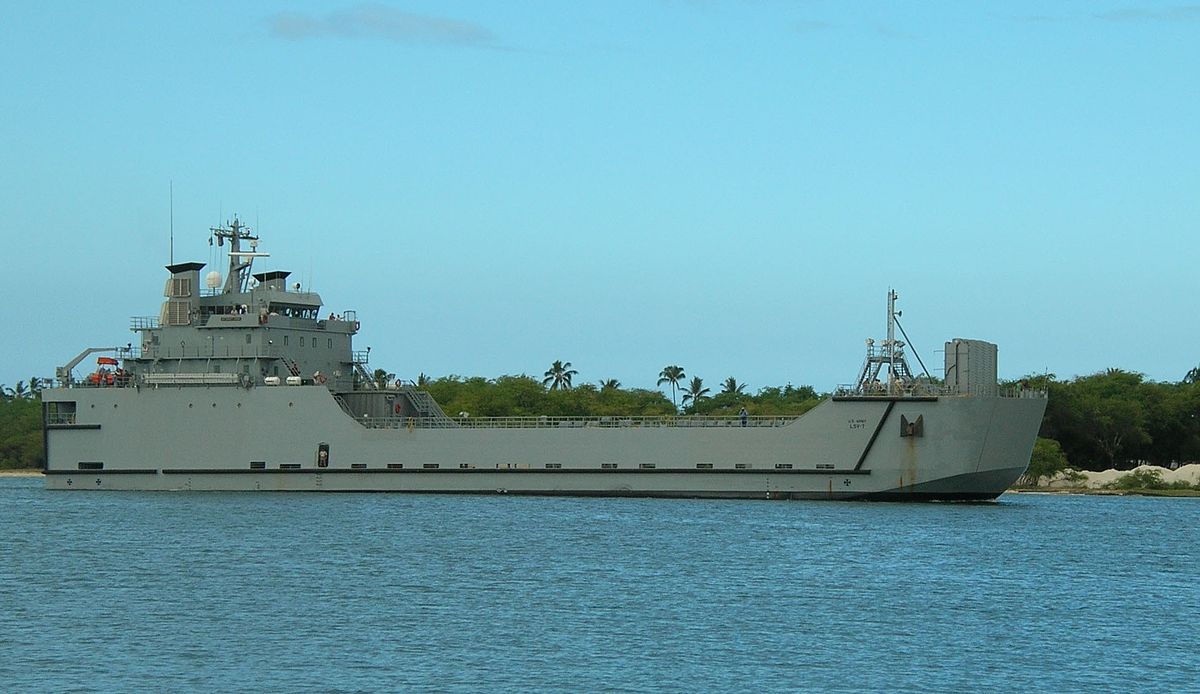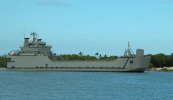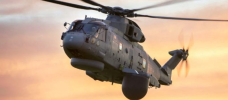The Commandant has really made some changes concerning the divestment of all tanks, substantial amounts of tube artillery and a reduction in rotary aircraft as they are not as relevant to future conflicts in the Pacific. Likewise, there has been a removal of the mandate for the current size and structure of the amphibious fleet (38 amphibs, 2.0 MEB requirement) with the Commandant preferring a new light amphibious warship similar to the Army’s Frank S. Besson class which are roughly 300 ft long and 4,000 tons.Guess it took a lot of powerful nonsensical people to propose this experiment. All I will say is it all depends on how you define a Carrier. No it isn't a CVN with the notional CVW embarked. CVAs and CVSs had limitations, but we made it work. They were aircraft carriers. If as suggested the lessons learned are about deck spots, cyclic rate etc, then, if you need this configuration, all limitations will be known.
If the Marines continued this push to much smaller but more numerous amphibs, theoretically, how else could you use the large amphibs currently in the fleet?
From the Commandant’s planning guidance:
Marine Expeditionary Units and Forward Deployed Forces
As Commandant Krulak noted nearly 25 years ago, the Marine Expeditionary Unit (MEU) “is the jewel in our crown, and must be kept ready, relevant, and capable.” Regrettably, it no longer has the same relevance as it once had to the Fleet; however, this will change. We will consider employment models of the Amphibious Ready Group (ARG) / MEU other than the traditional three-ship model. We will accept and prepare for Fleet Commander employment of LHA/Ds as part of three- ship ESGs as desired. I see potential in the “Lightning Carrier” concept, based on an LHA / LHD; however, do not support a new-build CVL. Partnering a big-deck amphib with surface combatants is the right warfighting capability for many of the challenges confronting the joint force, and provides substantial naval and Joint operational flexibility, lethality, and survivability.
Good review below:
and the Frank S. Besson class ship:

General Frank S. Besson-class support vessel - Wikipedia


